Caravaggio (1986)
The Greatest Movies Ever Made (Week 6)
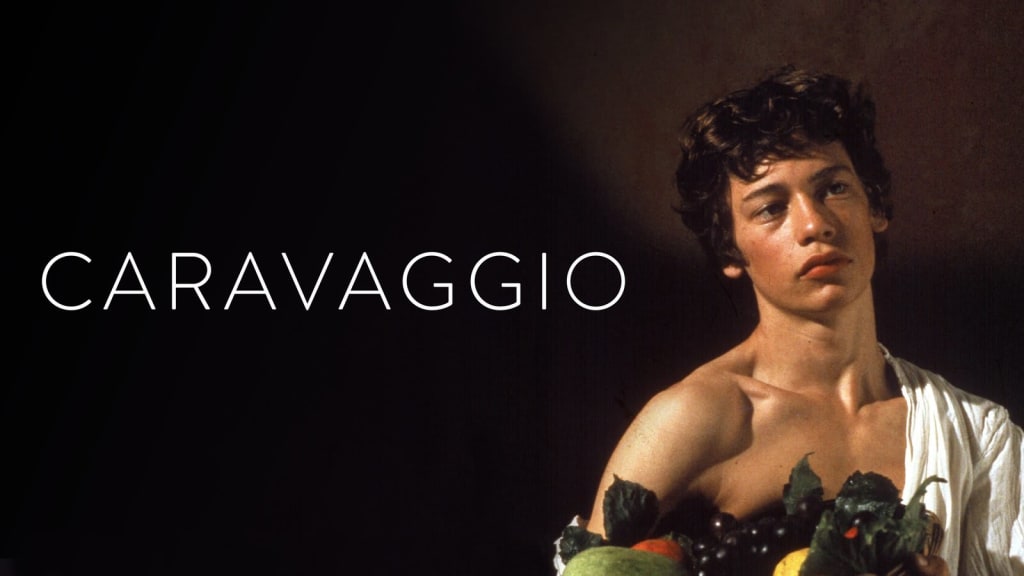
Introduction
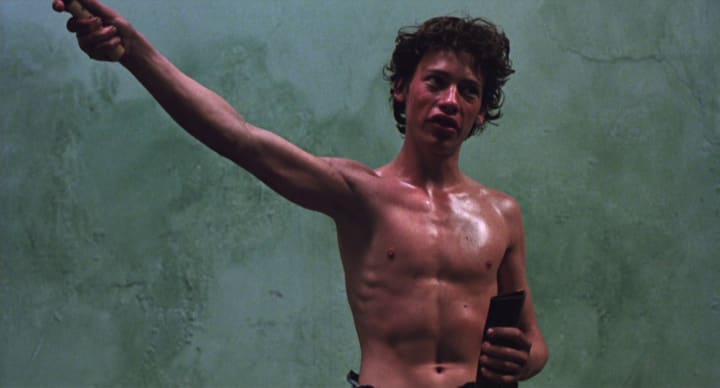
A great movie and an underrated biopic, this film is directed by the late and awesome Derek Jarman - a visionary whom I believe is one of the most talented directors of the 20th century. The first feature film role of Tilda Swinton and co-starring Sean Bean, Dexter Fletcher takes a leading role as the young and controversial artist who is played by different people over his lifetime. With the older Caravaggio being played by Nigel Terry, what more excuse could you have for watching this film? It is a masterpiece made as great as the artist's own. Derek Jarman does something very clever and makes the film look like various paintings by Caravaggio with stark references to Bacchus and The Entombment of Christ. This is more than likely one of the greatest films ever made - it is fantastic.
Plot
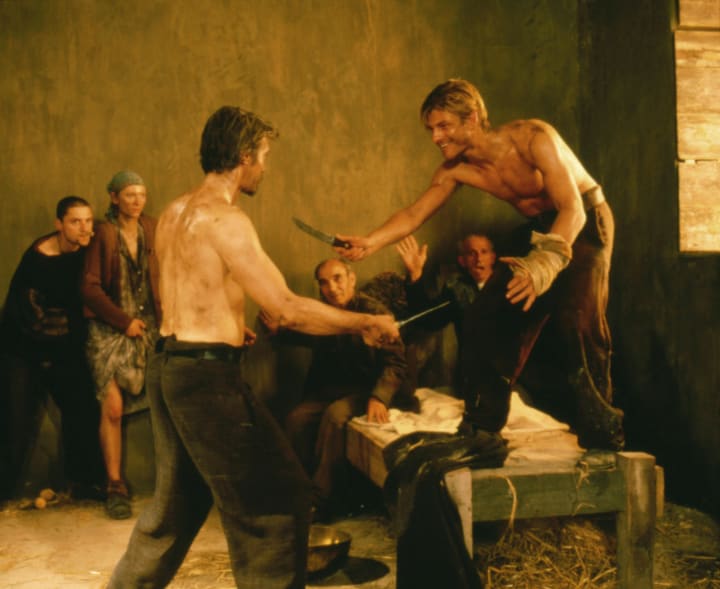
I think many people gloss over this movie not just as a good film made in the 1980s, but as a Derek Jarman film too. So here I am to clear up the plot line if you do not already know it. A fictionalised biopic of the artist Caravaggio, the film starts at the end of his life and then looks back over it. Throughout the film there are references to his misgivings, his training, his dealings in the church, his weird relationships with others, his violent temper and of course, his paintings.
One thing this movie does really well is that the film looks like a Caravaggio painting. It is darkened in the background with eye-popping characters. In the lighter scenes, we get a contrast but it is most obviously the scenes with things such as The Entombment of Christ (which is possibly my favourite scene in the film) that stick out.
Jarman proves to the audience that the life of Caravaggio is one of mystery and rigid disobedience. He was a ruthless man with a vitriolic temperamental nature which gets reflected over and over again on to his paintings. With the one where he paints the head of Medusa, I think Jarman attempts to show us just how technical Caravaggio can be with emotion - it is a frightening painting that exists only in itself. A dark background complete with a violent foreground makes the Prince of Darkness in art look even darker as we delve into his personal life alongside his paintings.
The death scene of Cavaraggio is one of the most incredible and quiet scenes since the death of Mozart in Amadeus (1984). It seriously gets overlooked as a great movie because of how independent it seems.
Appraisals and Awards
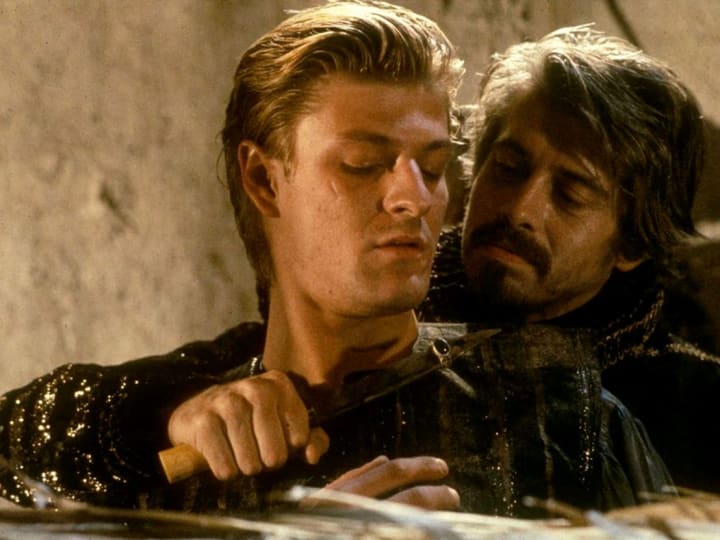
At the Berlin International Film Festival, this film managed to take home the Silver Bear Award for Outstanding Single Achievement. It was also entered on to the list of the BFI Top 100 British Films of All Time.
Legacy
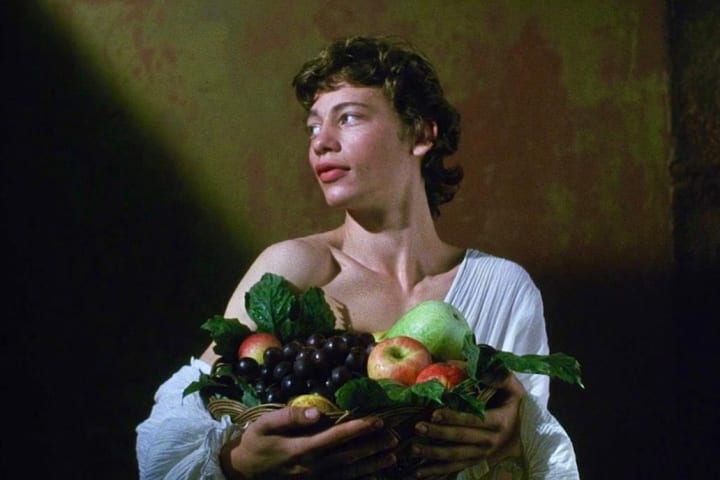
I think one of the things that contributes to the legacy of this movie is its unique set design which people seem to believe that Sofia Coppola's Marie Antoinette did first. First of all, Sofia Coppola would be able to think of it herself also, Marie Antoinette was an objectively bad movie. Caravaggio (1986) uses obvious things that do not fit with the 16th century in which the painter lived. First of all, we have the use of electric lights, the use of cigarettes comes afterwards and then finally, we even have car horns being heard outside various scenes. Paving the way for the films that keenly try to piss off historians everywhere. I for one think that this is a deliberate use of symbolism by Jarman who was himself, ahead of his time and tried to prove that the painter was as well.
My Personal Opinion
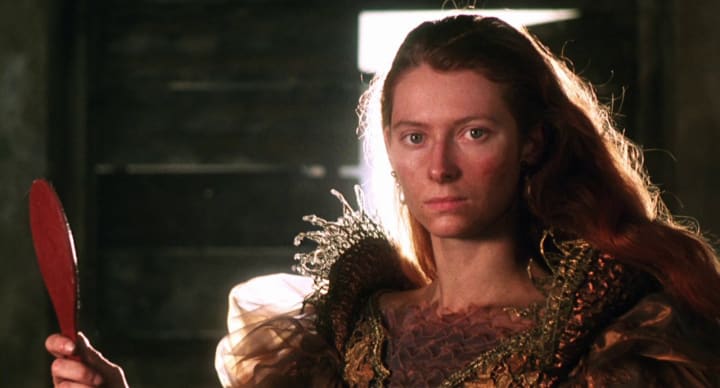
Of course, if it is made by Derek Jarman then my personal opinion is going to be unwaveringly positive. Jarman was a genius of filmmaking and a visionary of depicting insane narratives on the screen. His adaptation of Christopher Marlowe's Edward II is testament of this if you wanted more proof than just Caravaggio. If you read his book Chroma you can study why Derek Jarman uses colour the way he does. It is a fascinating look into the mind of a man whom nobody really fully understood - because he was on a whole different level to all of us. Caravaggio is one of the best fictionalised biopics I have ever seen and is definitely on my top ten favourite movies of all time.
Conclusion
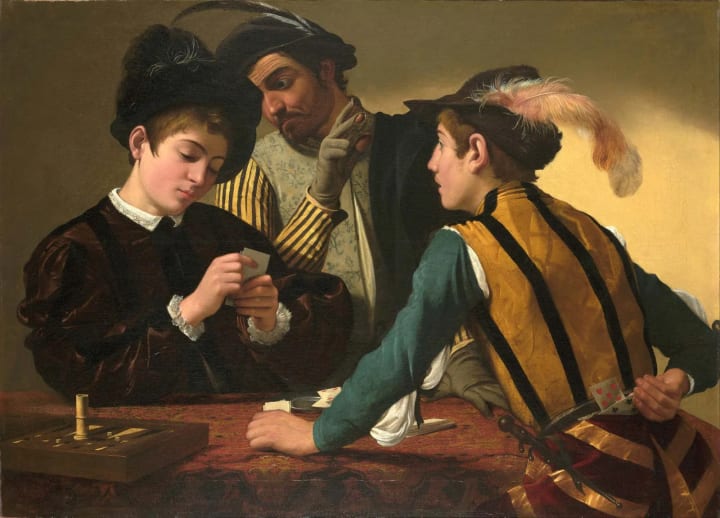
Caravaggio as a movie is dark and brooding whilst also being sometimes comical and tragic. Jarman creates a narrative based on moments in the artist's life and then puts an outrageous twist on to them making them seem larger than life like the man himself was. A brilliant work of surreal film whilst also being better understood than actual surrealist movies (here's looking at The Colour of Pomegranates) this stands as a great example of the lengths driven by contemporary British cinema.
About the Creator
Annie Kapur
200K+ Reads on Vocal.
Secondary English Teacher & Lecturer
🎓Literature & Writing (B.A)
🎓Film & Writing (M.A)
🎓Secondary English Education (PgDipEd) (QTS)
📍Birmingham, UK
X: @AnnieWithBooks
Enjoyed the story? Support the Creator.
Subscribe for free to receive all their stories in your feed. You could also pledge your support or give them a one-off tip, letting them know you appreciate their work.






Comments
There are no comments for this story
Be the first to respond and start the conversation.